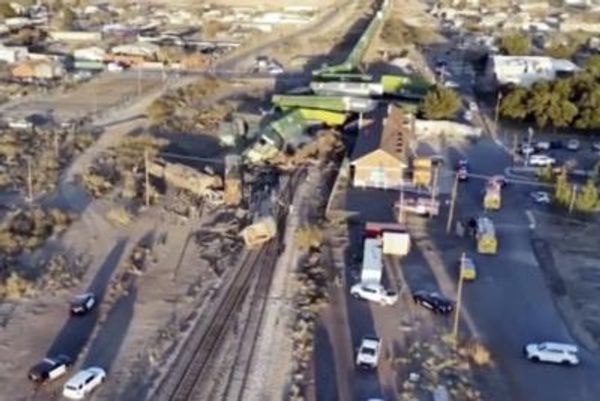
BP reported its third quarter results today. It made an eye popping $10bn for the third quarter (July, August, September), 148% up on last year's $4bn figure.
Three months is certainly a long time in the oil industry. In July – before the world began its downward descent into recession – oil prices hit a record $147.
Today, they're barely scraping $60. You could call BP's figures today one last hurrah, attracting the usual opprobrium from consumer groups and the motoring organisations.
But believe it or not, the oil industry today finds itself at a crossroads. Yes, companies are coining it in – as BP proved today – from its existing fields. For the past decade, most companies have been setting their exploration and production budgets at a $20 a barrel price as a break-even figure. That means that even at today' oil price, companies make big bucks. When oil's at $147, they make a killing.
But the problem is, these low cost fields are fast maturing. That means companies have to look at much more expensive so-called "unconventional" production such as oil sands or deepwater projects. According to Goldman Sachs, oil sands will only make a decent return for companies if the price is at least $85. For deepwater projects off the coast of Brazil, the figure is around $70.
Sadly for us consumers, past profits – like BP's figures – do not determine the investment decisions companies make today which will govern how much oil there is available tomorrow. That means that companies will axes scores of more expensive projects because the low oil price today does not make them economic. In the longer term, that means global oil production will fall even faster than predicted.
So when the world economy has recovered and regained its thirst for oil – and whether it takes two, three or five years it certainly will – we may well be asking ourselves: where's all the oil? And we may end up wishing for a return to the good old days when oil was only $147 a barrel.







